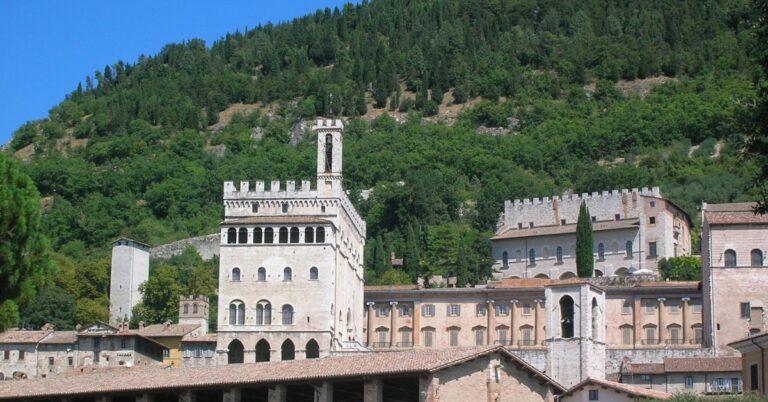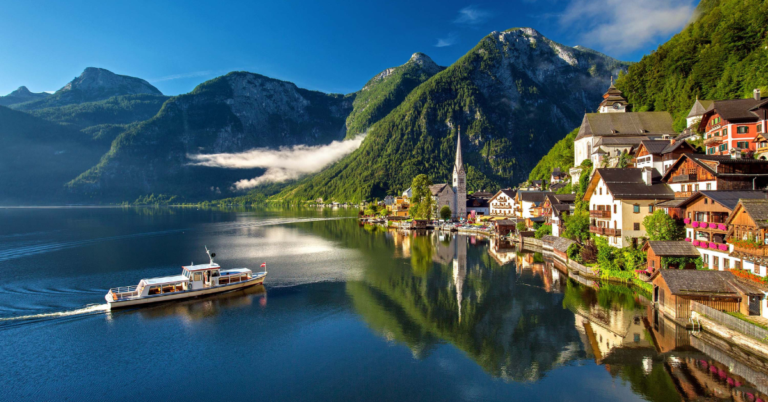These 25 Deserted European Castles Are Eerie Reminders Of Lost Glory
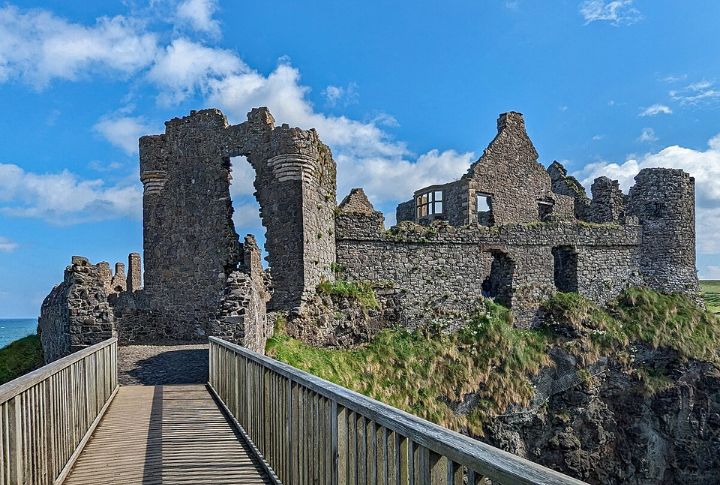
Not every castle fell to swords—some simply faded with time. Across Europe, abandoned fortresses still cling to hillsides and memories. Stones crack, ivy climbs, and silence settles where lords once ruled. These forgotten places aren’t just ruins; they’re echoes waiting for someone to listen.
Bodiam Castle, England

Wrapped in a mirror-like moat, Bodiam Castle looks like something out of a storybook. Built in 1385 for war, it never saw combat. Time has softened their edges, but the towers still watch over a battlefield that never existed.
Spis Castle, Slovakia
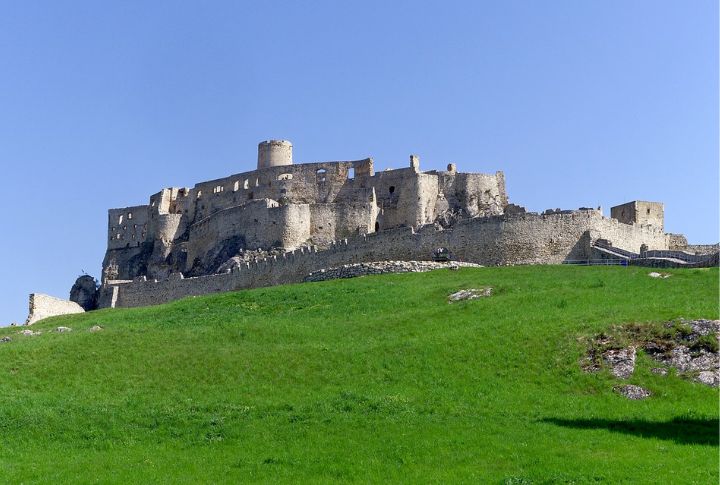
Dynasties rose and faded into history, but Spis Castle’s towering walls refused to crumble. It stood as a strategic stronghold for centuries, watching over endless power struggles. Today, it sprawls across a hilltop, one of Europe’s most extensive medieval ruins, where silence now reigns where rulers once did.
Chateau De La Mothe-Chandeniers, France
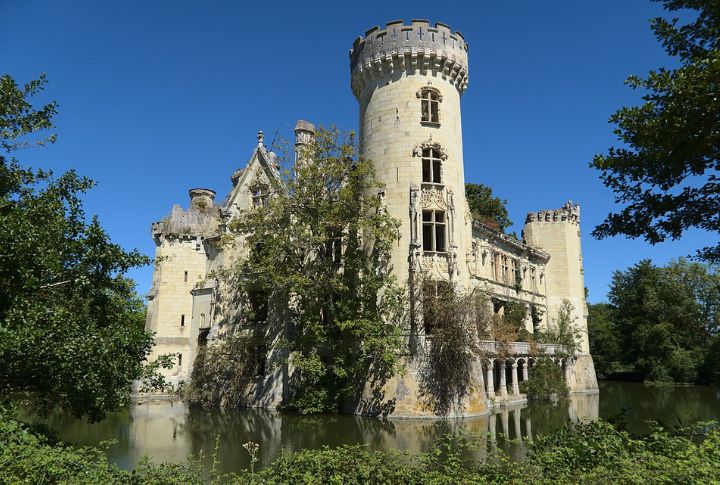
Has the forest claimed this castle, or does it still hold onto its past? After a devastating 1932 fire, this 13th-century chateau became nature’s playground. Trees spread their roots through grand halls, ivy wove through shattered windows, and time turned opulence into a hauntingly beautiful ruin of green and stone.
Houska Castle, Czech Republic
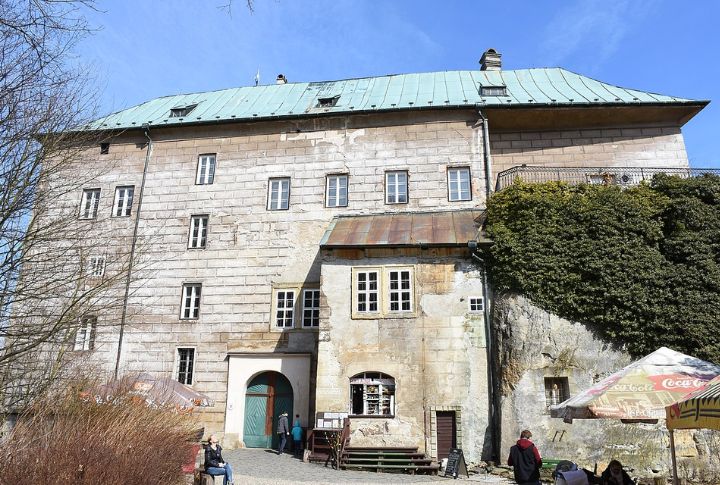
Houska Castle was designed to trap something inside. Legends tell of a bottomless pit beneath its floors, a supposed gateway to something dark and unfathomable. The eerie frescoes of demons and their bizarre lack of defenses only deepen the mystery that lingers to this day.
Dunluce Castle, Northern Ireland
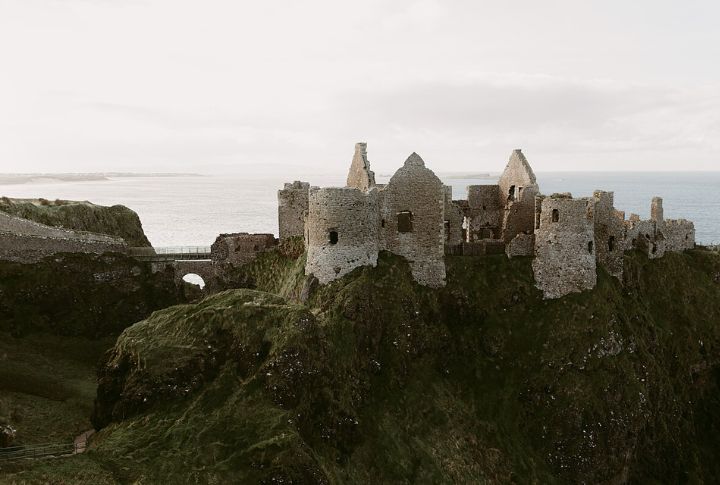
What makes Dunluce Castle so creepy? Maybe it’s how its skeletal remains clutch the cliffside, defying time and gravity. Or perhaps it’s the memory of that fateful stormy night when part of it plunged into the ocean, which sealed its fate as a breathtaking ruin.
Menlo Castle, Ireland

A devastating fire in 1910 reduced Menlo Castle to a haunting skeleton, yet its story didn’t end there. Time has wrapped its ruins in emerald ivy along the River Corrib to turn decay into beauty. Once a noble estate, the grandeur of this castle now lingers beneath layers of creeping green.
Heidelberg Castle, Germany

Destroyed, rebuilt, and destroyed again, Heidelberg Castle has endured centuries of turmoil. Overlooking the Neckar River, its half-standing towers blend Gothic and Renaissance styles. Poets and painters immortalized the melancholic beauty to ensure its legacy remains untouched by time.
Chateau De Noisy, Belgium

Built in 1866, Chateau de Noisy was once a grand neo-Gothic residence. By the late 20th century, this relic was left to vandals and decay. Demolished in 2017, it is often said that ghosts now linger in eerie photographs, and one can hear whispers of those who explored its halls.
Ballycarbery Castle, Ireland
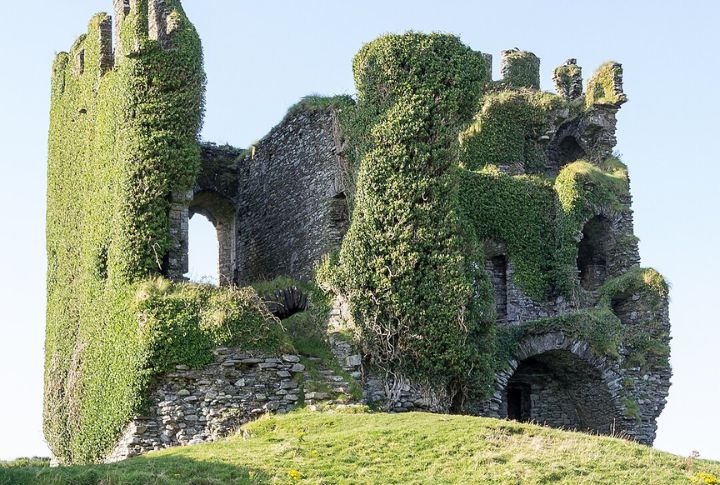
Who truly rules Ballycarbery Castle—the hands that built it or the wild that reclaims it? Once a McCarthy clan stronghold, it now kneels before nature. Ivy coils around its 16th-century walls, sculpting the fortress into something both grand and forsaken.
Olsztyn Castle, Poland
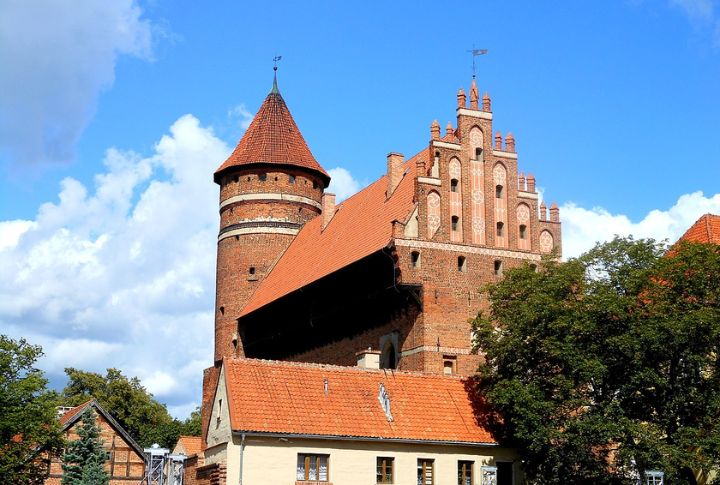
Nicolaus Copernicus once walked the halls of Olsztyn Castle, a fortress perched above the Polish countryside. Built in the 14th century, it witnessed both brilliance and battles. Though time has reduced it to ruins, its legacy refuses to fade, just like the celestial wonders Copernicus once gazed upon.
Bran Castle, Romania
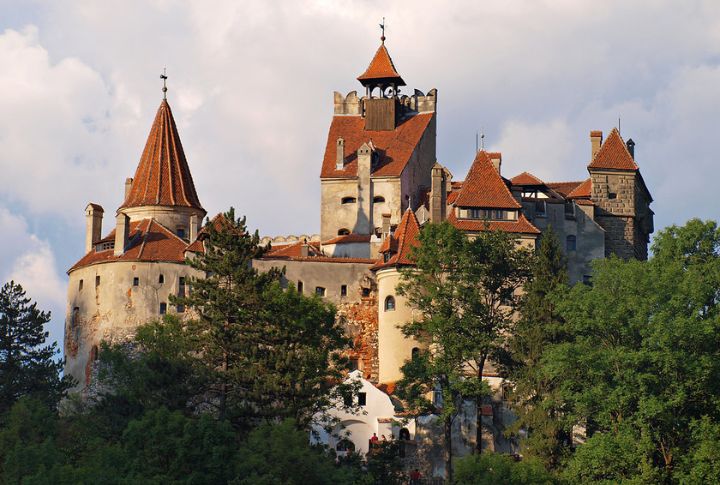
Despite having little to do with Vlad the Impaler, the fortress continues to fuel the myth of Count Dracula. Its mystique keeps visitors spellbound, drawn to its shadowy halls and eerie turrets. Perched above Transylvania, it stands like a ghostly sentinel, where legend and history blur into one.
Chateau De Saint-Ulrich, France

Towering over the vineyards and rooftops of Ribeauville, Chateau de Saint-Ulrich’s crumbling walls still watch over the land silently. Once an unshakable stronghold of nobility, time and war have worn it down to a quiet ruin, yet even in decay, this castle’s presence lingers like the ghost of a long-forgotten king.
Rocca Calascio, Italy

Rocca Calascio looms like a medieval ghost, its ruins dissolving into the clouds. Built in the 10th century, the castle stood firm against earthquakes and war, only to be deserted. Perched 4,790 feet above sea level, it still watches over the Apennines, silent yet commanding.
Fort Malamot, Italy
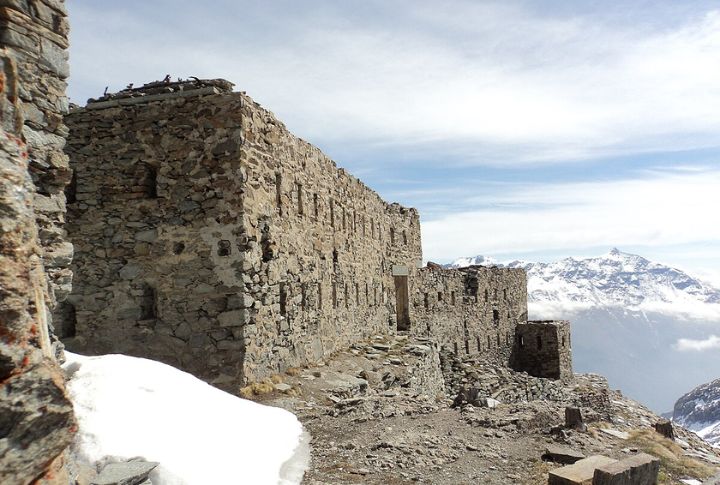
Fort Malamot endures as a frozen relic of a battle that never came. This 19th-century fortress, once meant to guard Italy’s mountain passes, was abandoned to the mercy of brutal Alpine winters. Now, empty halls echo the silence of a war that never arrived.
Penrith Castle, England

Penrith Castle remains a striking reminder of England’s medieval past. More than just a fortress, it once stood as a bold statement of power for King Richard III. Sadly, today, time has stripped away its grandeur, leaving behind only red sandstone ruins.
Brougham Castle, England
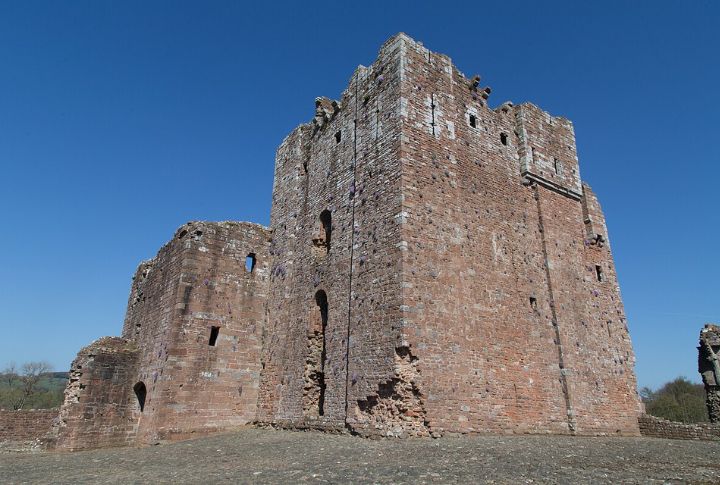
Built in the early 13th century, Brougham Castle stood guard beside the River Eamont, echoing the power of the Clifford family. Though roofless and quiet today, its arched doorways and crumbling towers still command the respect of a fortress that once controlled a volatile border.
Castle Of Sammezzano, Italy
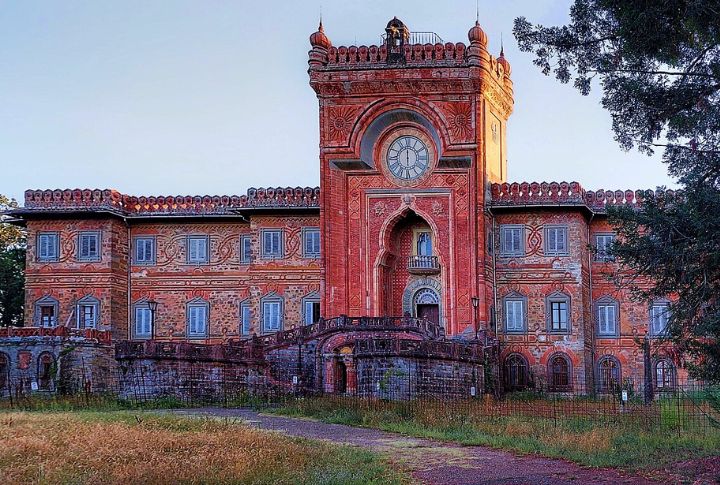
Today, the Castle of Sammezzano sits sealed in silence. Hidden in the Tuscan hills, this 17th-century mansion once burst with kaleidoscopic Moorish Revival design—frescoed ceilings, rainbow arches, and endless geometric patterns. Now, its brilliance dims behind dusty windows, a vibrant dream slowly slipping into shadow.
Helmsley Castle, England
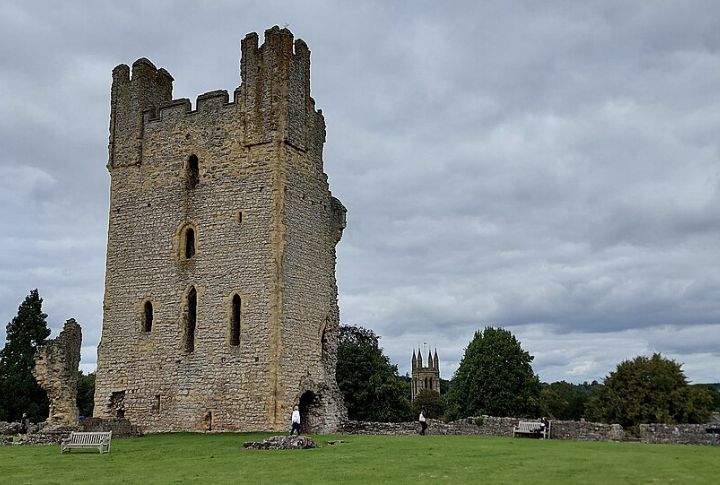
Fragments of battles echo across the mossy stone and open sky. Wandering its grounds, you can almost hear the clash of swords and the slow march of centuries. Helmsley Castle’s long life reads like a history book—Norman roots, Tudor renovations, and Civil War sieges.
Kilchurn Castle, Scotland
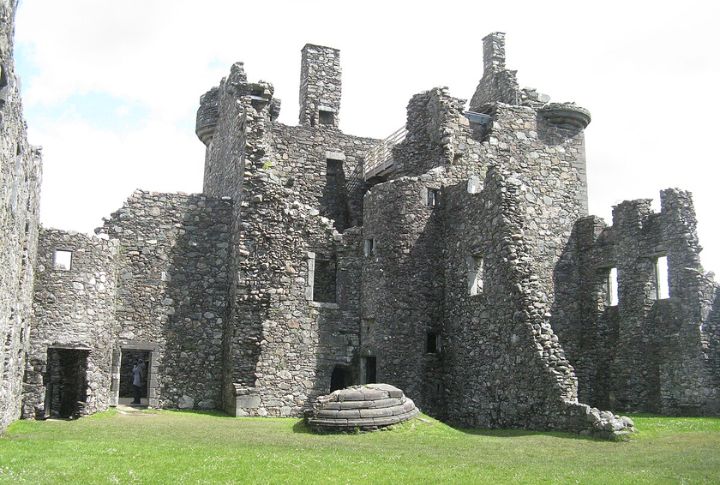
Centuries have drifted past in silence from the misty banks of Loch Awe. Raised in the 15th century by the Campbells of Glenorchy, the castle withstood turbulent assaults and the fury of nature alike. Kilchurn’s broken tower still stands, murmuring traces of Highland glory too stubborn to disappear.
Chateau De Brissac, France
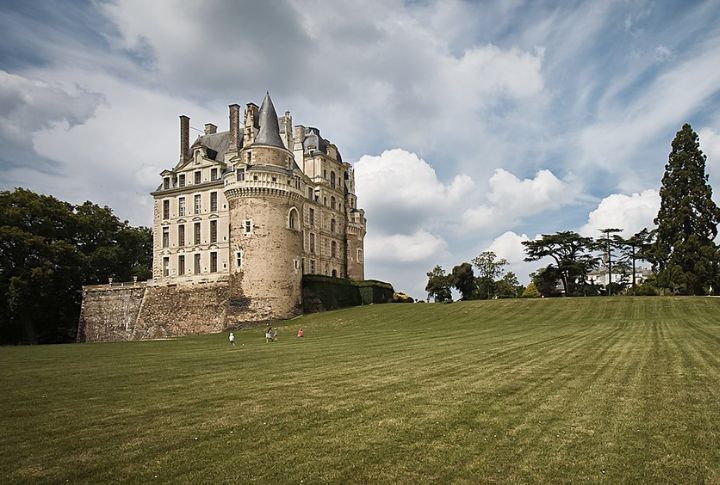
France’s tallest chateau towers over the Loire Valley—and possibly the spirit world. With seven stories and 200 rooms, Chateau de Brissac is famously haunted by the “Green Lady,” a ghost said to roam its halls. Ornate and eerie, it’s still partially inhabited… by nobles and the not-so-living.
Chateau De La Roche-Guyon, France

Chateau de la Roche-Guyon is a dramatic fusion of stone and cliff. Built into the rock face above the Seine, its medieval towers and secret tunnels speak of a long, shadowy past. World War II left scars here, but the eerie cliffside silhouette remains impossible to ignore.
Chateau De Montsegur, France
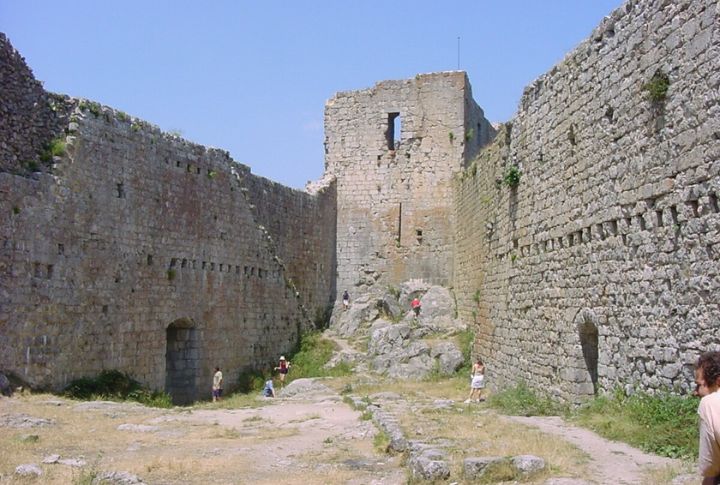
What remains when faith meets fire and stone? Today, this castle’s windswept ruins recall the heretics who died for their beliefs. Montsegur stood as a final refuge atop a Pyrenean peak. Whispers speak of sacred texts, moonlit escapes, and a faith crushed but not entirely forgotten.
Chateau De Falaise, France
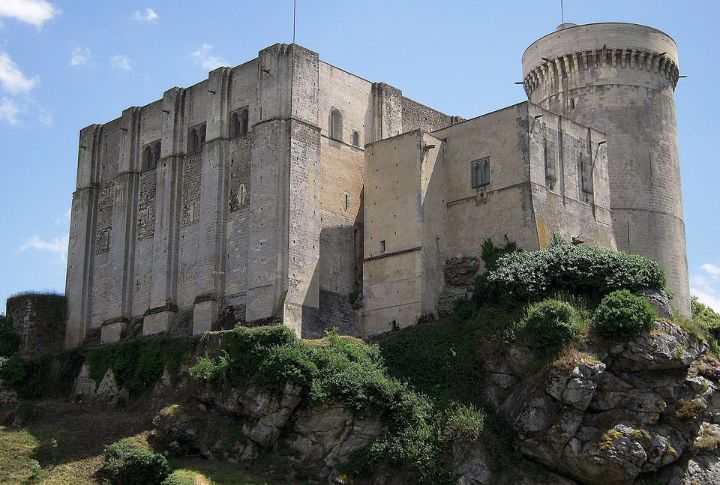
High above the town of Falaise stands the birthplace of William the Conqueror. Chateau de Falaise’s medieval might still pulse through its stone keep. Though partially restored, its weathered walls and battle-worn presence hint towards Norman ambitions and the conquest that changed England forever.
Chateau De Chateauneuf, France
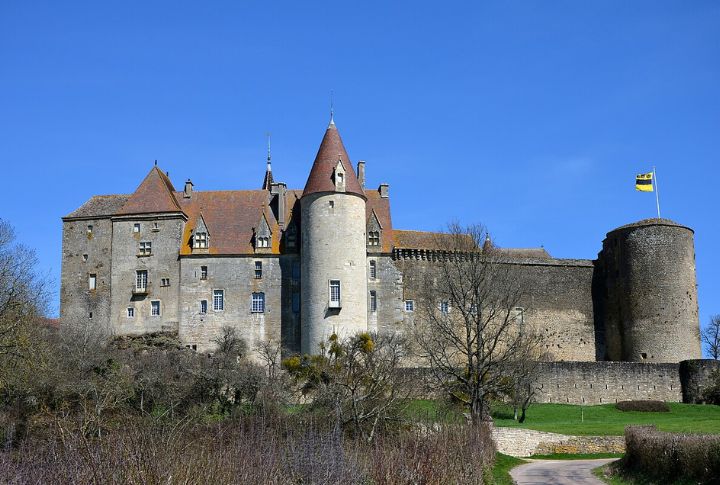
Once a proud symbol of Burgundy’s elite, Chateau de Chateauneuf sits in quiet decay. Its towers still pierce the sky, but its halls have gone silent. Wandering through, you’ll find faded splendor in every corner, proof that even such opulent beauty can be forgotten.
Chateau De Commarque, France

Part cave, part castle, its layers span centuries from prehistoric carvings to medieval battlements. Although time nearly erased it, ongoing restoration slowly brings this sleeping giant to life. Hidden deep in a Dordogne valley, Chateau de Commarque feels like a secret carved into the rock in some fantasy land.


